Is harvesting wild plants part of your survival plan? There are plenty of edible plants growing, but there are also plenty of deadly ones.
You must take time now to learn what plants around you are nutritious and safe. Otherwise you will be at a disadvantage when disaster strikes, and you can’t buy produce at the local store.
While I share ten common edible plants in this article, they might not all be available in your part of the world. Spend time in nature, learning what wild edibles are local to you. Learn to identify them, so you always know what you’re eating.
What Not To Eat
If you don’t know that a certain plant is safe, don’t assume it is. There are tests you can do to determine the edibility of the plant. This Survivopedia article goes into detail on that process. Here are five warning signs to watch for. These often indicate that a plant is poisonous, though there are exceptions.
- Umbrella shaped plants
- Lacy foliage that resembles dill or carrot tops
- Sap that is discolored or milky
- Stems covered in spines, thorns, or fine hairs
- Plants with yellow or white berries
Just as you learn to identify safe plants in your area, do the same with deadly ones. The more you know about the wild plants in your area, the more likely you are to survive when you are depending on them.
Now, let’s look at ten common wild plants that are safe, and offer some nutrition. Before you start harvesting them though, it’s important to know the growing condition of these plants.
Some are considered weeds, and many people treat them as such. You don’t want to eat wild plants that have been doused with weed killer. The chemicals can leach into the ground and cause problems for quite a while after application. Instead look for plants in wild areas, or in areas where no chemicals have been used.
Find out our Firefather’s Time-Tested Natural Cures and Household Remedies
Dandelions
One of the most easily identified plants, every part of a dandelion is edible. The leaves are best when young, as they develop a bitter taste as they mature.
You can harvest the leaves and stems and put them in a salad. The yellow flowers are delicious when battered and deep fried. They’re also good as a garnish to your salad. The roots can be boiled to make a nutritious tea.
Plantain
Plantain is a common source of food found in many lawns. The leaves are shaped like a wide-oval and are ribbed. You want to eat the leaves, not the stems or flower spikes.
Pick these leaves when they’re young to avoid bitterness. They taste great when sautéed in a bit of butter. Cook this leafy green however you’d cook kale.
Read also: Plantain: One Of The Best Healing Herbs On The Planet
Cattails
If you’re in a swampy area, or near a creek or lake, cattails are a good source of nutrition. You can eat the root raw or boil it. This part is underground, like a potato, so make sure to clean it well before cooking or eating.
The stem portion of this plant can also be boiled or eaten raw. Cook the leaves like you would spinach.
Even the flower spike on a cattail is edible, if eaten in the spring and early summer before it develops fluff. Boil this spike and eat it like corn-on-the-cob.
Chicory
Chicory is a bushy plant with small flowers. The flowers can be blue, lavender, or white. When coffee wasn’t available in the past, many people roasted the chicory root and ground it. Then they used this as a coffee substitute.
The flowers and leaves can be eaten raw. You can also boil the leaves for a different taste.
Lamb’s Quarter
If you’re looking for a plant that offers some protein, you want lamb’s quarter. It has easily identifiable leaves. They have jagged edges and a diamond shape.
You can eat the leaves raw, in a salad, or cook them like spinach. This plant does have oxalic acid, so you don’t want to each too much of it raw, especially if you have kidney problems. Cooking it first neutralizes this acid.
Purslane
Often found growing through cracks in the sidewalk, purslane has small yellow flowers and smooth leaves. The stems and leaves make a nutritious addition to your wild plant survival salad.
Purslane can be used as a thickener for soup if you boil the leaves and stem. This versatile plant can also be added to stir-fry or sautéed.
Pig Weed (Amaranth)
This plant can grow tall (sometimes over 6 feet tall). It’s found in gardens, fields, and other areas where the ground has been cultivated.
The flower part of this plant makes it easily identifiable. They are small and green, appearing in bristly spikes near the top of the plant.
All of this plant is edible, though the stems, leaves, and seeds are most commonly eaten. You can collect the seeds by shaking the top of mature plants. You can cook the seeds like a hot cereal, ground it into flour, or eat them raw. The stems and leaves can be boiled or eaten raw in a salad.
Curly Dock
Related to rhubarb, curly dock plants have large, wavy leaves. They grow from a taproot, and are drought-resistant.
Though poisonous to cattle and sheep, this plant offers many nutrients for people. Treat this leafy green like you would kale. You can boil it, sauté it, or even bake it with a little oil into dock chips.
Milk Thistle
Though very spiny, the milk thistle plant is edible. It’s distinguished by its light purple flowers and prickly leaves. Make sure you are using gloves when harvesting to avoid getting poked.
If you take the spines off the leaves, they are tasty eaten raw or when cooked. After you peel the tough stem, you can cook it like asparagus.
Chickweed
Found in partially shaded areas of the lawn and other cultivated ground, chickweed plants are stringy. They produce a tiny white flower.
You can eat chickweed like you would sprouts. Put it onto a sandwich for a nutrient boost, or use it as the base of your salad.
Start Eating Wild Plants Now
When you know what you’re doing, wild plans make a good food source when times are tough. But, don’t wait until the SHTF to start adding wild plants to your diet.
Get yourself a good reference book for plants in your region. Make it a point to study plants that you can eat and ones you need to avoid. You don’t want to feed your family a deadly meal because you made a mistake in your plant identification.
Instead, take the time now to learn about these plants. Learn to identify, prepare, and store them for longer term use. Eat them occasionally to introduce your taste buds to the unfamiliar tastes. This preparation will go a long
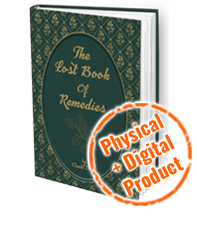 way in helping you survive a disaster situation.
way in helping you survive a disaster situation.
Source: survivopedia.com
In the first chapter of The Lost Book Of Remedies, you’ll find all the other medicinal weeds and backyard plants that are hidden around your property. You’ve got a homegrown pharmacy that you don’t even know about! Most of these plants are edible and can provide you with precious nutrients if you ever run low on food. This goes for all the plants you’ll find in The Lost Book of Remedies—not only will you learn what parts of the plants are edible, but I’ll also show you how to prepare them. In the second part, you’ll discover how to identify the wild edibles and remedies that grow in forests.




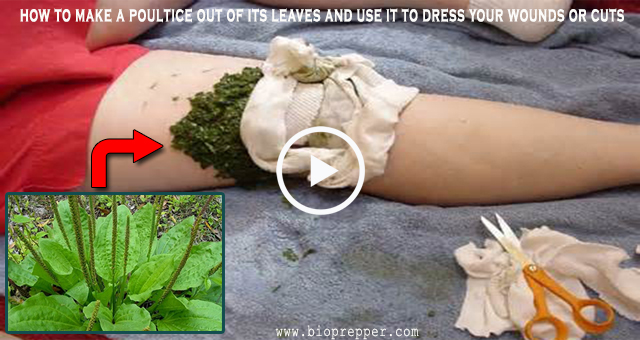

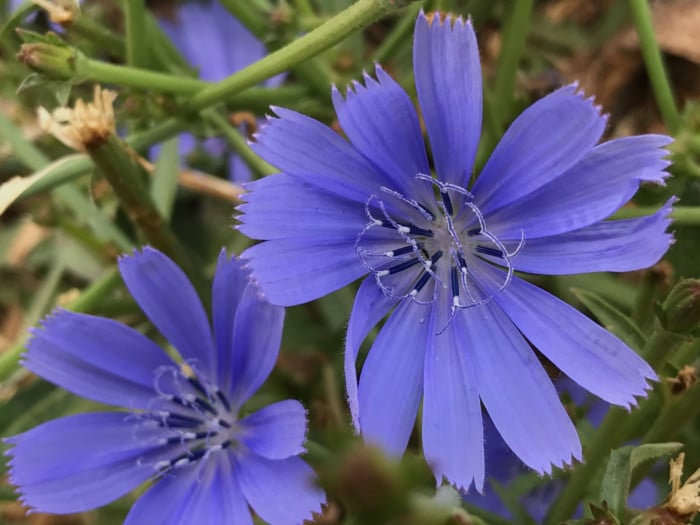
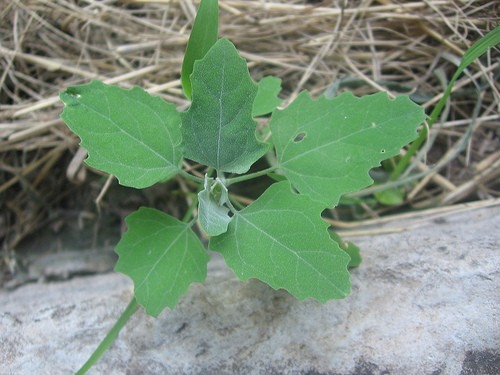


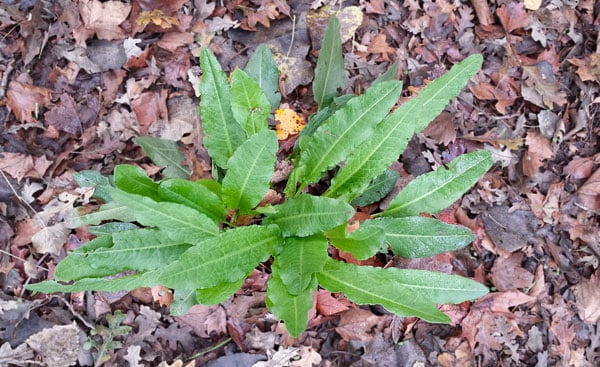
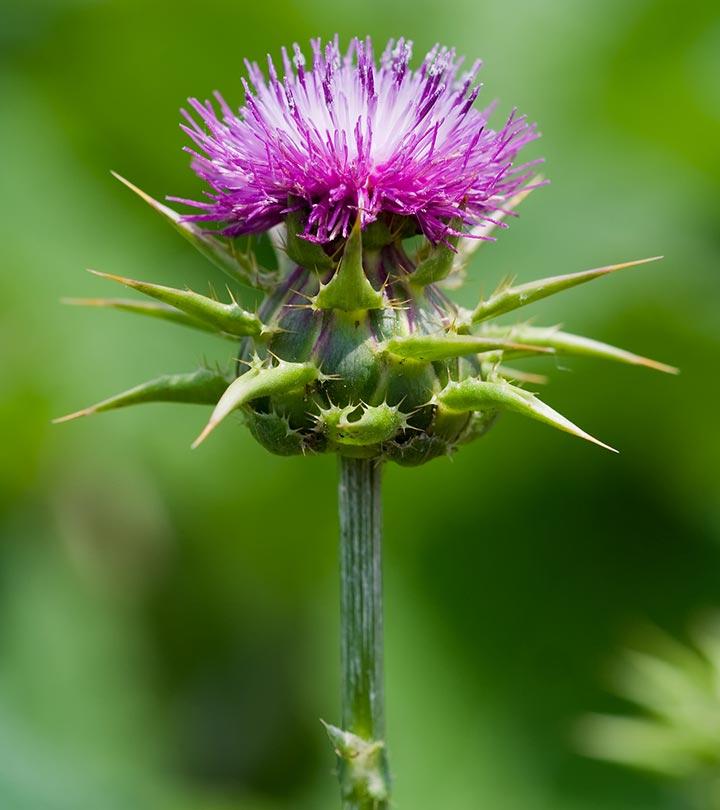

One Reply to “10 Wild Plants You Can Eat (+5 You Shouldn’t!)”